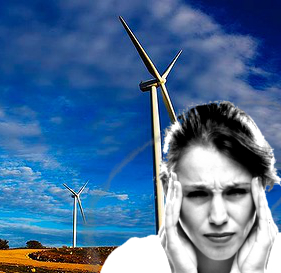Telescope study brings wind farm help to Earth
 The European Space Agency (ESA) says its work with high-tech telescopes could drastically reduce the noise coming from wind turbines.
The European Space Agency (ESA) says its work with high-tech telescopes could drastically reduce the noise coming from wind turbines.
Dubious claims have been raised about alleged health effects of wind farms, most of which assert that ‘infrasound vibrations’ can affect wellbeing.
But thanks to expertise garnered building space telescopes powerful enough to see across the galaxy, large wind turbines could now generate clean power without making a racket.
The ESA’s advanced Darwin planet-hunter study developed a new way to keep multiple telescope mirrors precisely aligned.
The engineers behind it say the same technique can be used to cancel out turbine vibration before it becomes noise.
“Certain countries set certain limits on the amount of noise a turbine can make,” explains Nicolas Loix, CEO of Micromega Dynamics, a Belgian company whose main business includes controlling the vibrations produced by everything from machine tools to paper-making.
Wind turbines produce two different kinds of noises. The first is a continuous drone from the blades, the other is ‘tonality’ – an irregular shriek from the gearbox.
Tonality is more annoying than broadband whirring noises, so some European governments strictly regulate these noises.
Often, wind turbines are operated at less than full power to keep the noise down.
To solve the problem of shrieking wind turbine, the anti-vibration Micromega company looked back to its work on Darwin.
Darwin is plan for a stunning network of small telescope satellites, flying in alignment around the Earth. They combine their power to create the effect of a much larger instrument.
However, for this to work, the mirrors of each small telescope must be in constant alignment.
To move the mirrors, Micromega developed a high-precision mechanism using magnetic bearings. This mechanism adjusts the mirrors under the exacting circumstances of space, which required that the bearings work with high precision, zero friction and at very low temperatures.
Darwin was not selected to make it into space but the space simulations developed by Micromega came in handy when the company set about designing an actuator to quieten the wind turbines.
“The space project gave us confidence in our simulation tools,” says Mr Loix.
“We could not transpose the technology directly, but the knowledge we developed in space made us much faster.”
More information on the advanced sensor systems is accessible here.







 Print
Print